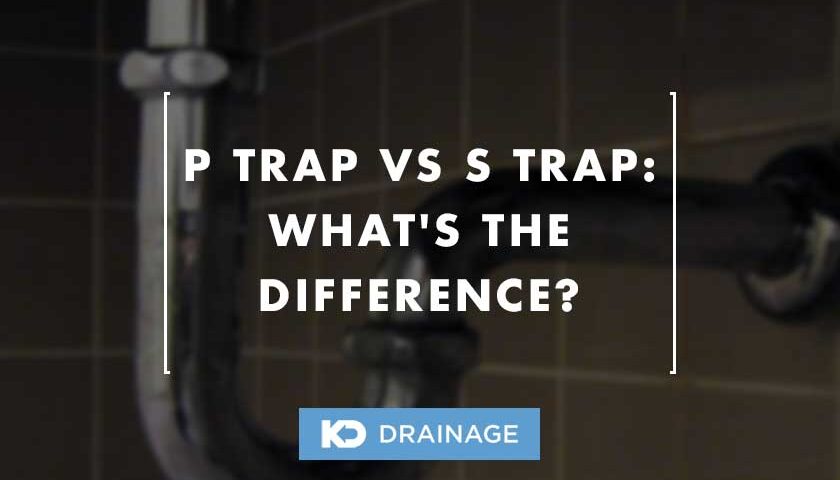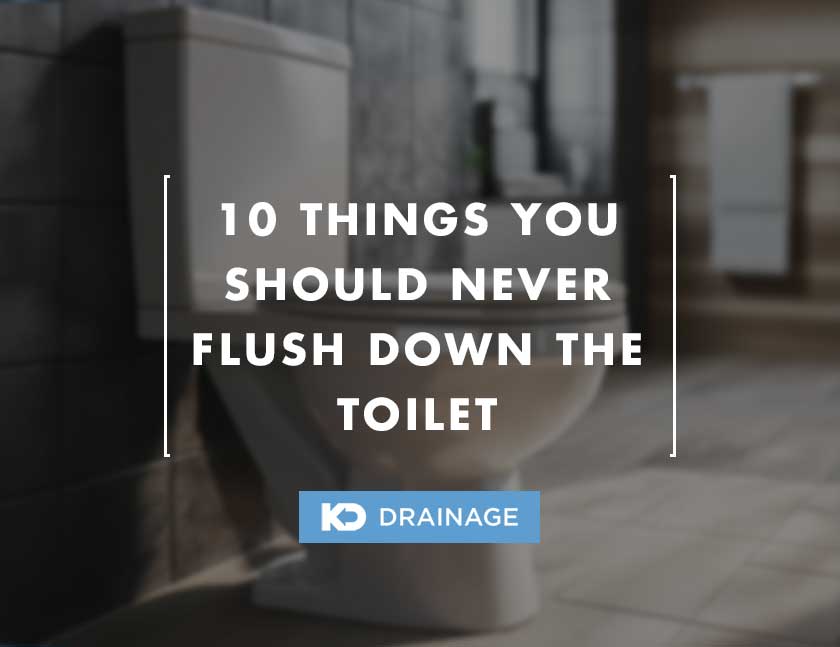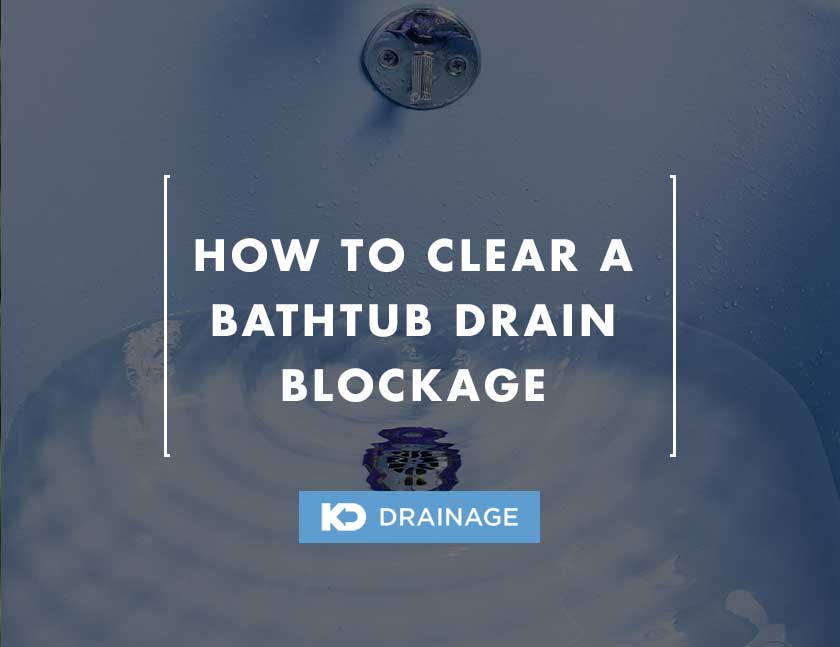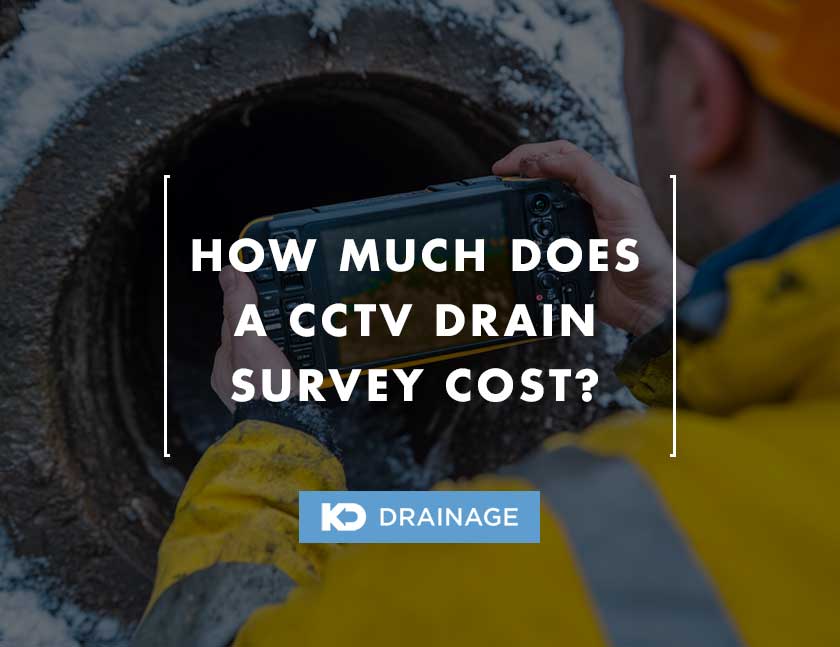
10 Things You Should Never Flush Down the Toilet
1 May 2025P Trap vs S Trap – What’s the Difference?
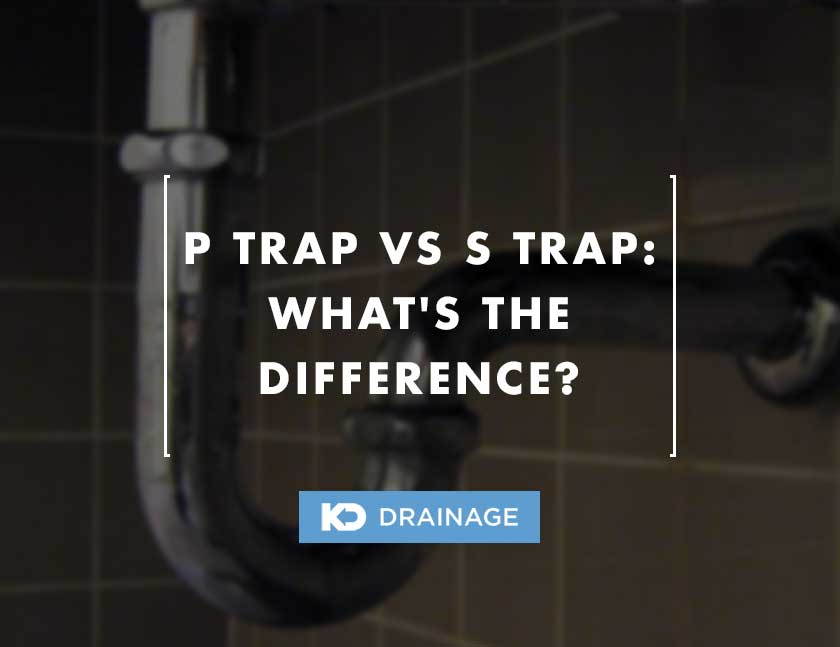
Plumbing traps are essential components in drainage systems.
They help prevent unpleasant odours and harmful sewer gases from entering homes and buildings.
The two most common types of traps used in plumbing are P traps and S traps.
But what’s the difference between p trap vs s trap?
While both serve the same purpose, they differ in design, functionality, and suitability for different plumbing setups.
Understanding the differences between these two traps is important for making informed plumbing decisions.
This article will explain what P traps and S traps are, how they work, where they are used, and their advantages and disadvantages.
It will also explore alternative plumbing traps that may be suitable for specific installations.
Table of Contents
What is a P Trap?
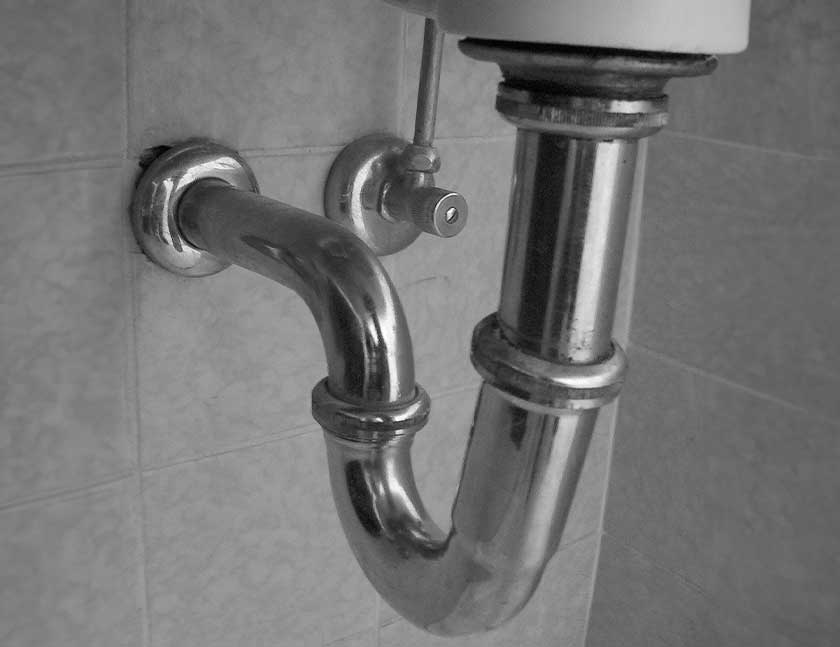
Source: Wikipedia
A P trap is a plumbing fixture designed to prevent sewer gases from entering indoor spaces.
It is named after its shape, which resembles the letter ‘P’ when viewed from the side.
The trap consists of a U-shaped bend followed by a horizontal pipe that connects to the drainage system.
The key function of a P trap is to hold a small amount of water in its curved section.
This water creates a seal that blocks unpleasant odours and harmful gases from rising through the drain.
P traps are widely used in modern plumbing because they are reliable, effective, and meet current building regulations.
They require a vent pipe to maintain air pressure and prevent siphoning, which could empty the trap and break the seal.
Where is a P Trap Used?
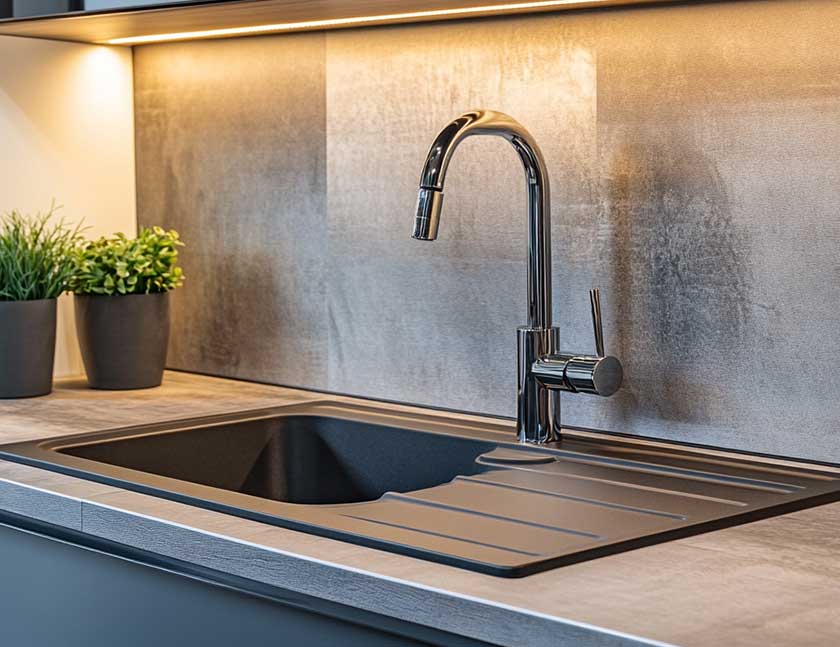
P traps are commonly installed in various plumbing fixtures where the drain pipe connects to a wall rather than the floor.
Their design makes them suitable for modern plumbing systems that require proper venting.
Bathroom Sinks
P traps are installed beneath washbasins to prevent unpleasant odours from escaping through the drain.
They ensure that sewer gases do not enter bathrooms, maintaining a hygienic environment.
Kitchen Sinks
Kitchen sinks use P traps to stop food odours and grease build-up from causing foul smells.
The trap also helps catch small debris, preventing blockages in the drainage system.
Bathtubs and Showers
P traps are used in bathtubs and showers to keep drains functioning properly while blocking sewer gases.
Washing Machines
Laundry rooms often have P traps in the drainage system of washing machines, ensuring wastewater flows efficiently without odours escaping into the home.
How Does a P Trap Work?

A P trap functions by holding a small amount of water in its curved section, creating a seal that blocks sewer gases from rising through the drain.
Water Seal Formation
Each time water flows through a sink, shower, or other fixture, some of it stays in the curved bend of the P trap.
This water acts as a barrier, preventing gases from escaping while still allowing waste to drain away.
Without this seal, unpleasant odours from the sewage system could enter the home.
Vent Pipe Connection
For a P trap to function properly, it must be vented.
The vent pipe, connected to the drainage system, maintains air pressure and prevents siphoning.
Siphoning occurs when water is drawn out of the trap due to a strong drainage flow, breaking the seal and allowing gases to escape.
Continuous Functioning
Each time new water enters the drain, it pushes old water out, ensuring that the trap remains clean and the seal stays intact.
The P trap’s efficient design makes it a reliable and essential component of modern plumbing systems.
What is an S Trap?
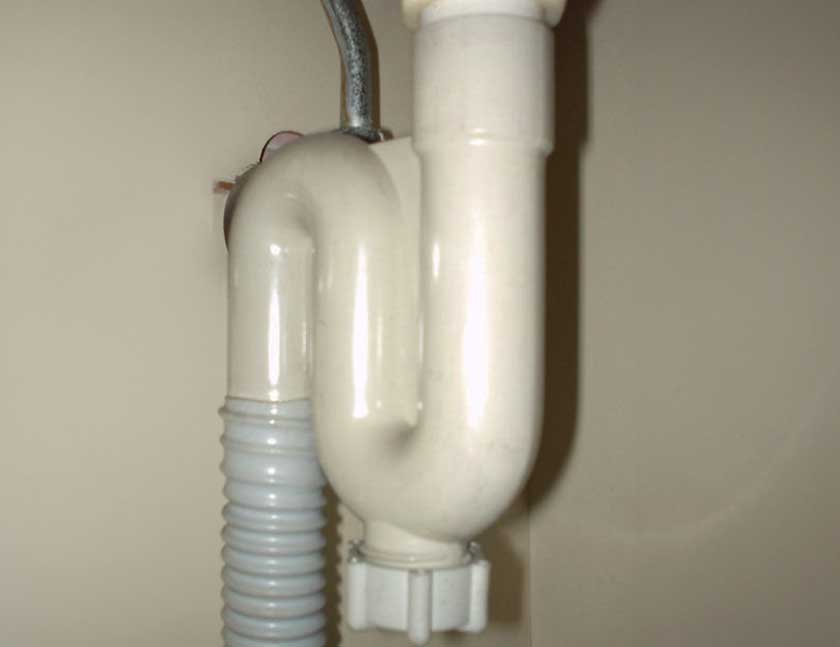
Source: Wikipedia
An S trap is a type of plumbing trap designed to prevent sewer gases from entering indoor spaces.
It is named after its shape, which resembles the letter ‘S’ when viewed from the side.
Unlike a P trap, an S trap curves downward before looping back up and then down again into the drainage system.
S traps were commonly used in older plumbing installations, especially where the drainpipe leads directly into the floor rather than the wall.
They were widely used before modern venting systems became standard in plumbing.
How Does a S Trap Work?
An S trap works by using a curved section of pipe to create a water seal that prevents sewer gases from entering the home.
Water flows through the drain, passing through the S-shaped bend before entering the drainage system.
A small amount of water remains in the curve, forming a barrier that blocks odours from escaping into the room.
Siphoning Issue
The main problem with S traps is siphoning.
When water drains too quickly, it can create a vacuum effect that sucks the water out of the trap.
This breaks the water seal, allowing harmful gases to escape into the living space.
Lack of Venting
Unlike P traps, S traps do not have a vent pipe to maintain air pressure.
This absence of venting contributes to the siphoning problem, making S traps less reliable for preventing foul odours and gases from escaping into the home.
P Trap vs S Trap Benefits
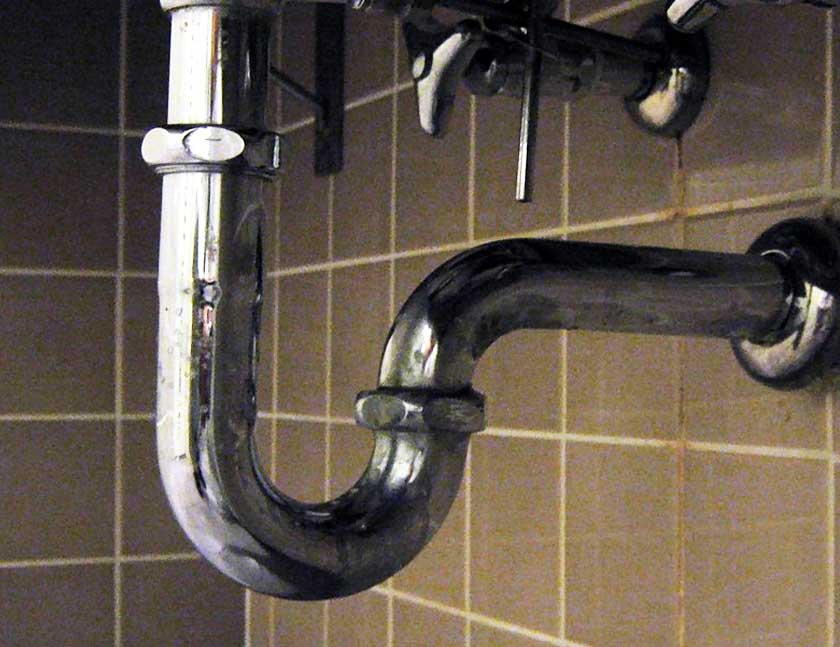
Source: Wikipedia
While both the P trap and S trap serve the same purpose of preventing sewer gases from entering the home, the P trap offers several key advantages, making it the preferred choice in modern plumbing systems.
Reliable Odour Prevention
P traps are highly effective at preventing odours from entering the home.
The design includes a water seal maintained by a venting system, which prevents the trap from losing its water barrier.
This ensures a constant and reliable seal that blocks foul smells and harmful gases.
In contrast, S traps are more prone to siphoning, where water is sucked out of the trap, breaking the seal and allowing odours to escape.
Compliance with Plumbing Codes
Modern building codes and plumbing regulations require the use of P traps because they are more secure and efficient in blocking gases.
S traps, which lack venting, are no longer allowed in many areas due to the risk of siphoning and potential health hazards.
Reduced Risk of Siphoning
Unlike S traps, P traps have a vent pipe that balances air pressure, preventing siphoning.
This keeps the water seal intact, ensuring that gases are blocked and the plumbing functions properly.
This feature makes P traps much more reliable and long-lasting.
Better for Long-Term Use
Due to their vented design, P traps are less likely to fail over time.
The risk of problems like siphoning is greatly reduced, making P traps a more durable and low-maintenance option for modern plumbing systems.
Conclusion
You should now have an understanding of the difference between P trap vs S Trap.
Both P traps and S traps play a crucial role in plumbing systems by preventing sewer gases from entering homes.
While they serve the same function, they differ in design and effectiveness.
P traps are the preferred choice in modern plumbing because they use a venting system to prevent siphoning and maintain a reliable water seal.
S traps are more common in older plumbing systems but have a major flaw – they can lose their water seal, making them less effective.
When choosing a plumbing trap, it is important to consider venting requirements, installation location, and building regulations.
In most cases, a P trap is the better option for long-term reliability and compliance with plumbing standards.
For more information, get in contact with us here at KD Drainage.p trap vs s trap

